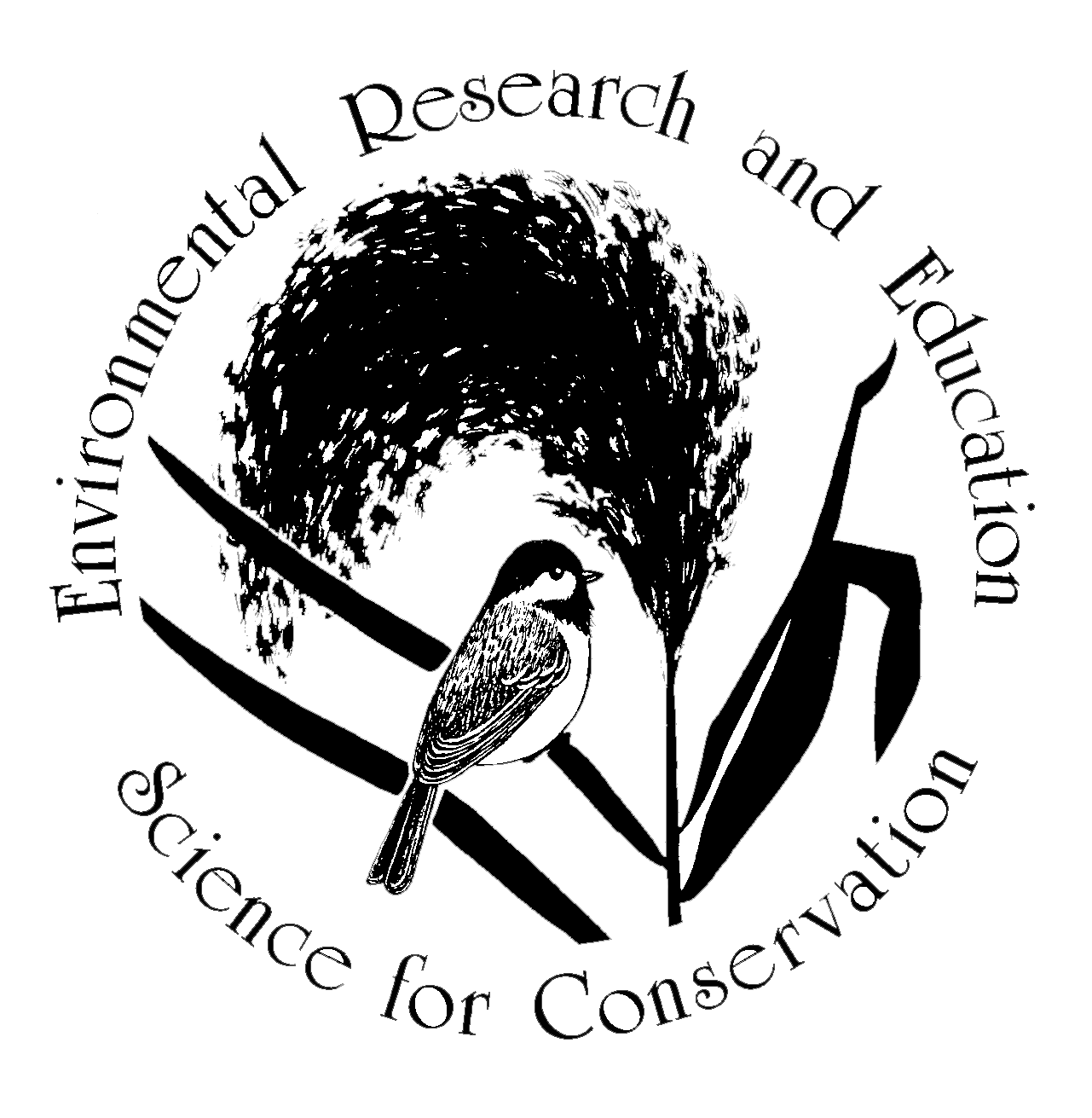
Technical Assistance
Since Hudsonia’s founding, we have provided technical assistance to state and local agencies, NGOs, and individuals for biological assessments, rare species surveys, and review of environmental assessment documents. In addition to original field research, we analyze and synthesize new and existing data, and make recommendations for reducing the impacts of human activities on important species and habitats. We use a sliding scale so that communities with fewer resources can benefit from our field work.
Surveys of proposed development properties & evaluating underlying permit documents
When asked to assess habitats, survey species or evaluate underlying documents in the permitting process, we do not advocate for or against land-use projects. Rather, we collect data, make observations, synthesize scientific information from the literature, analyze environmental documents, and, when asked, prepare recommendations concerning biological diversity and its conservation. We work with land trusts, concerned citizens and developers.
Three examples:
Scientific research on the ecology of solar photovoltaic generating facilities in the northeastern states has been scant. In recent years Hudsonia studied two proposed solar facility sites, a small community solar project site, and a large utility-scale site both on farmlands. With our field colleagues, we surveyed rare plants, reptiles, amphibians and raptors on the sites, and made recommendations on managing vegetation to maintain and improve habitats for species of conservation concern. Hudsonia is well prepared to provide technical assistance to developers, governmental agencies, and NGOs involved in solar energy development.
In September 2022 we completed a preliminary biodiversity habitat assessment of the Winston Farm property in Ulster County commissioned by Catskill Mountainkeeper. The goals of the assessment were to catalogue the ecologically significant habitats on the site, assess which animal and plant species are likely to be using them, and evaluate potential impacts to species and habitats of conservation concern of a large development project proposed for the site. The project would disturb roughly 400 acres of natural vegetation, including clearing of 274 acres of forest, and would create about 200 acres of new impervious surface.
Here’s the report.
In 2020 the Town of Rhinebeck asked us to review documents submitted by a mining company seeking to expand operations. The report we evaluated concerned the Blanding’s turtle, a species known to nest in abandoned mines. Although New York State ranks the turtle as Threatened, ongoing population decline caused the International Union for the Conservation of Nature to redlist the species as Endangered in 2010, raising the ranking from lower risk/near threatened in just 14 years.
We reported to the town that the work presented in the mining company’s documents was inadequate for a site with extensive potential core wetland habitat for a threatened species—there are other threatened species using the site too—and that it cannot be legitimately asserted that the extant Blanding’s population is small. We’ve posted a synopsis of our report, including some overarching considerations, here.
Here’s the full report. It sets the standard for proper execution of such surveys.
Working with private landholders
This can range from a casual habitat walk around a property, sometimes given as a gift, for landowners curious about the habitat types and species in their care, to comprehensive surveys required by emerging green-certification standards that, we are happy to report, include credits for protection and enhancements of existing habitats.
If you are an architect, of buildings or landscapes, or a garden designer, we would be delighted to hear from you. Most of the designers we work with bring us in as the first step in the design process, required by some certification programs, and we highly recommend this approach.

